- Innovation Framework (Penker)
- 3 - Horizon Framework (McKinsey)
- Innovation Strategy Profiles (Booz and Company)
- Innovation Leadership Styles (Lowe, Williamson, & Wood)
- Innovation Personas (Ideo)

Why
Why
What
What
When we ask the question “what to innovate,” we recognize that the unpredictable nature of change requires us to prepare for many types of innovation options for a wide range of possible futures. Therefore we use the typology introduced by Trott (2008) to gain greater specificity about the kind of innovation that is applied. The seven types of innovation are the following:
- Product Innovation: the development of a new or improved product.
- Process Innovation: the development of a new process, for instance a manufacturing process, talent-management process or supply process; typically driven by digitalization, automatization, robotics, artificial intelligence, and new man-machine interfaces such as tablets and smartphones that can be integrated in managing and optimizing processes.
- Organizational Innovation: a new venture division, a new innovation center, internal communication system, and introduction of a new accounting procedure are some examples.
- Management Innovation: examples include TQM (total quality management) systems, BPR (business processes reengineering) and Agile Development for software engineering.
- Production Innovation: quality circles, just-in-time (JIT) manufacturing systems, new production-planning software as well as new, more advanced and technology-related areas such as Industrial Internet of Things (IIoT) used to connect machines to each other as well as to producers, operators, and even customers.
- Commercial/Marketing Innovation: can be new financing arrangements, new sales possibilities, pricing models with low-entry process levels, market approaches (e.g., direct marketing); this can also be referred to as business-model innovation, meaning the development of new or improved business models and value propositions.
- Service Innovation: examples include Internet-based financial services (typically referred to as FinTech), user-experience-based service innovation using new interfaces like virtual reality and augmented reality.
By linking why with what, we delineate the strategic rationale of the innovation-management work within the organization.
How
How
In the Innovation Framework, we divide how into four components: Leadership, Capabilities, Personas, and the Innovation Process. The leadership styles in the Innovation Framework are based on the work of Loewe, Williamson, and Wood (2001), who describe five types of leadership such as the following:
- The Cauldron: an entrepreneurial style where the business model is frequently challenged.
- The Spiral Staircase: a style where you climb upward without losing the overall goal.
- The Fertile Field: a style where the organization tries to use existing capabilities and resources in a new way.
- The Pac-Man: a style where you invent, outsource, and finance startups.
- The Explorer: a style where you explore possibilities and invest time and money in them without demanding short-term profit.
The Innovation Personas in the Innovation Framework is based on the Ten Faces of Innovation described in the work of Kelly and Littman. Kelly and Littman divide the ten personas into three categories: learning personas, organizational personas, and building personas. The learning personas are individuals digging for new sources and knowledge; the organizational personas are the ones structuring, challenging, and orchestrating the work; the building personas are typically the intellectual architects, the storytellers, and the caregivers, as well as the ones setting up a proper environment. The ten Innovation Personas are as follows:
- Persona: The Anthropologist (Learning)
- Persona: Cross-Pollinator (Learning)
- Persona: Experimenter (Learning)
- Persona: Hurdler (Organizational)
- Persona: Director (Organizational)
- Persona: Collaborator (Organizational)
- Persona: Experience Architect (Building)
- Persona: Set Designer (Building)
- Persona: Storyteller (Building)
- Persona: Caregiver (Building)
The sixty-six capabilities in the Innovation Framework are organized into sixteen aspects to simplify the analysis, all decribed in the Wheel of Innovation®. The Innovation process, consisting of the phases ideation, project selection, and commercialization.
Where
Where
An innovation process is realized through the tools and infrastructure that support it and the people who are involved in the process. Today’s innovators need to determine whether their innovation processes will be purely internal or will take some form of open innovation, where stakeholders external to the company or organization are involved in the process. These decisions will determine the innovation infrastructure provided by the company as well as three related elements such as the following:
- The type of innovation (e.g., open innovation, engaging people internally and externally)
- Collaborative platforms to support agile and fast value creation
- The physical workplace (where people are engaged and motivated)
When
When
Who
Who
Horizon one covers immediate and incremental improvements that return measurable impacts and keep the IT infrastructure at peak performance.
Horizon two introduces workable concepts that offer the greatest promise for expansion or market capture, assuring revenue for the future.
The third horizon is the most creative and expansive, commercializing applications from the second horizon in original and unpredictable ways. Although these ideas present the most significant potential, it will take precise and intelligent deployment of technologies from the first two horizons to get there.
Innovation readiness analysis should concern itself just as much with internal processes as with external offerings. Your InnovationIQ score will indicate which areas could profit most from new approaches, both in terms of profitability and market share.
From there, you can go on to reimagine the interactions of your high-performance teams, as well as, test business prototyping sessions. There are many pathways that lead to streamlining workflows and ensuring stronger revenue streams. Initially, they all begin with an assessment to evaluate how ready you are now to seize new ideas and make them work.
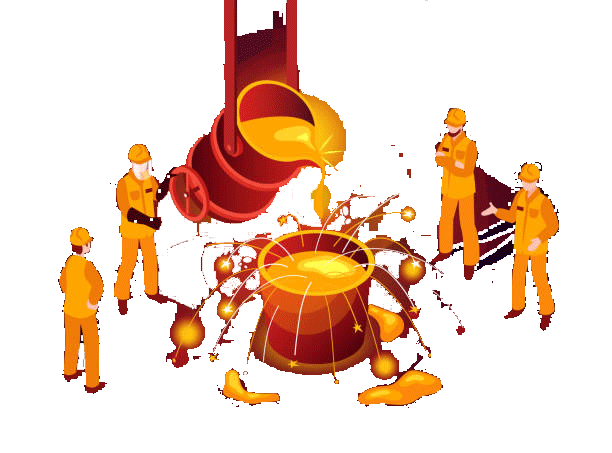 |
The Cauldron - This style is perhaps the most entrepreneurial and demanding; leaders catalyze the entrepreneurial energy of the entire management team so the group repeatedly challenges everything about the organization. The team constantly rethinks its business models and rapidly creates new models for both existing and new businesses. This approach results in rapid change throughout the organization. Enron and Lucent Technologies’ networking businesses (especially during the period when it was being spun off from AT&T) are each examples of boiling Cauldrons of innovation.
|
 |
The Spiral Staircase. Here managers innovate so consistently and so often in their existing business that, over time, they repeatedly change its very nature. Just as a circular staircase takes you upward without much changing your latitude or longitude, a Spiral Staircase innovator rises dramatically in its chosen business while seeming to stay in the same place. Charles Schwab & Co., Toyota, and (sometimes) British Airways. |
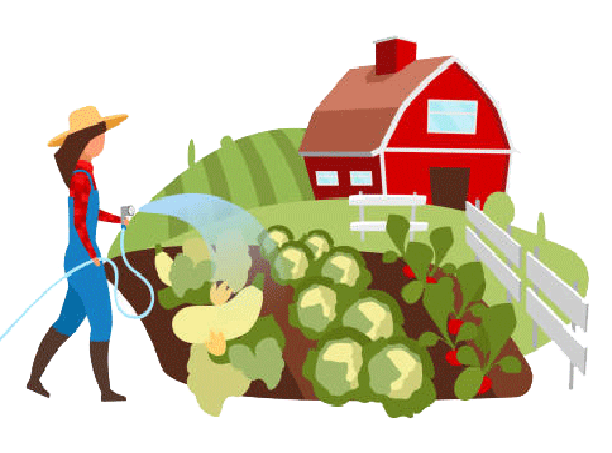 |
The Fertile Field - In this approach, managers focus on finding new uses for existing strategic assets and competencies, sowing them across a wide field that extends far beyond the company’s existing operations. Emerson Electric, the St. Louis electrical equipment manufacturer, is an example, and so are GE Capital and NiSource, the holding company that includes Northern Indiana Public Service Co. in the US. |
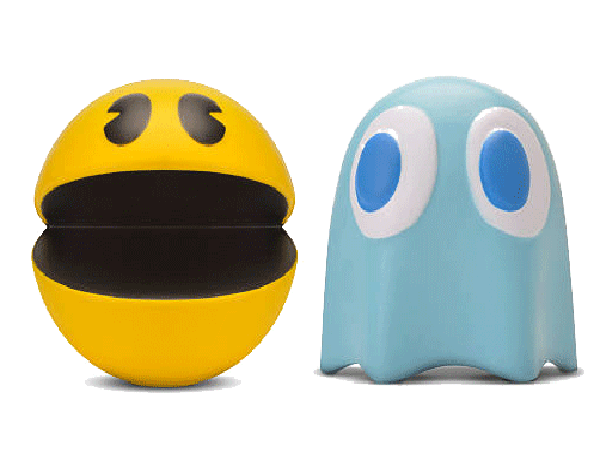 |
The PacMan - In this model the company effectively outsources much strategy development and R&D to the marketplace, investing in startups and gobbling up those that prove themselves. Effective PacMan investors are not just gobbling up entrepreneurial startups to enjoy the fruits of their labors, however, but assembling coherent competencies for the future. Examples include Cisco in computer networking and WorldCom (now MCI WorldCom) in telecommunications. |
 |
The Explorer. Here a company sets out work in a big, poorly understood field where it knows it will take labor for many years before seeing profits. It keeps its investments small at first, but achieves its goal through a series of relatively low-cost probes that progressively solve the problems that had prevented the innovation from happening. Examples include Motorola’s development of cell phones from 1973 through 1984 and Monsanto’s pursuit, from 1978 through 1995, of the technology that underlay its push to apply biotechnology to agri-business. |
 |
Learning personas gather new sources of information to expand knowledge and challenge established worldviews.
|
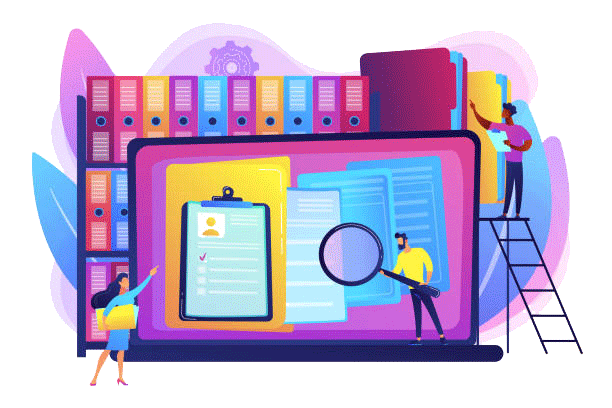 |
Organizing personas know how to move an idea forward withing the structure and confines of an organization and serve to transform raw concepts into executable plans, supported programs, and delivered products and services.
|
 |
Building Personas – Apply the insights from the learning roles and channel the empowerment from the organizing role to make innovation happen.
|
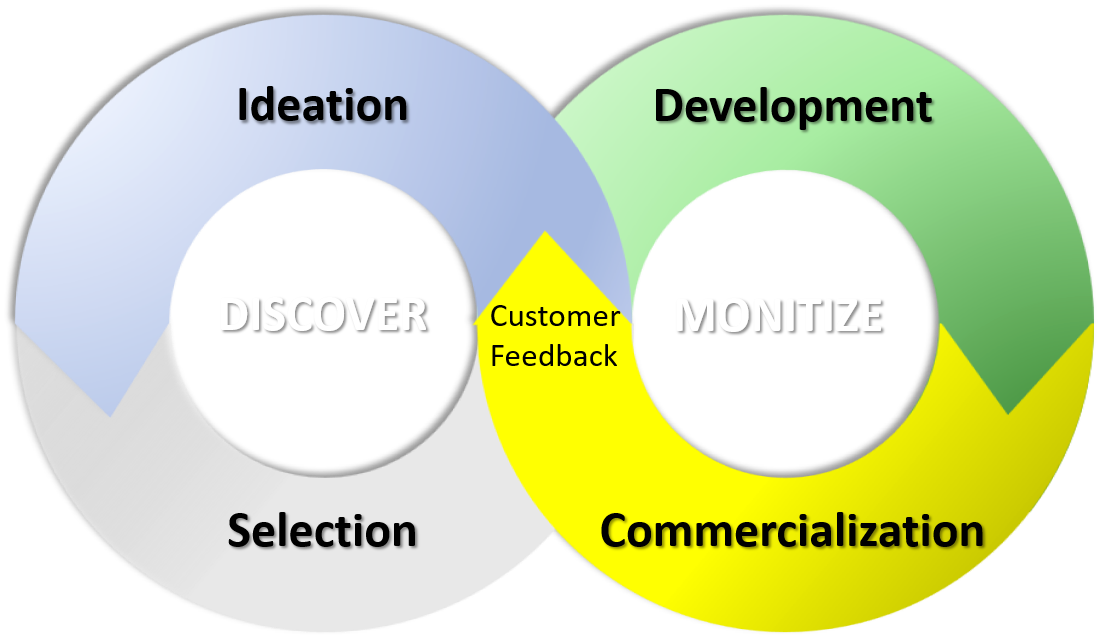
- Risk management
- Business model Innovation
- Customization
- Modularization
- High level of competition, disruption and shifting market logic.
- Rapidly changing technology such as Internet of things
- Market knowledge
- Governance and compliance
- Long production cycles
- Market barriers
- Regulations
- Active portfolio management
- Brand knowledge
- Modularization
- A and B testing
- Prototyping
- Uncertain market. Hard to predict trends.
- Risk spreading.
- Market knowledge
- Customer insights
- Short-term cash flow, no room for failure and no need for jackpot.
- Expensive and inflexible production system, meaning you cannot easily adopt a new kind of production.
- Risk management capabilities
- risk affection/attraction rather than risk aversion
- Optimization in a red ocean
- Optimizing what you have optimize with low short-term risk
- Customer intimacy
- Measurement
- High-speed iterations
- Blue Ocean strategy initiatives.
- Higher risk short-term
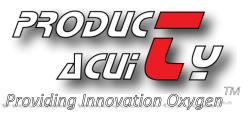
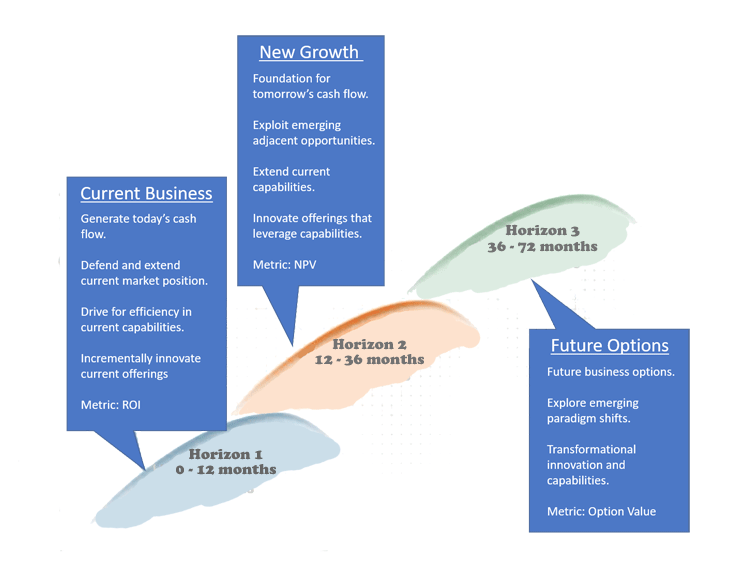

 today (281.858.3271) for a free no obligation discussion of your current needs and situation.
today (281.858.3271) for a free no obligation discussion of your current needs and situation.